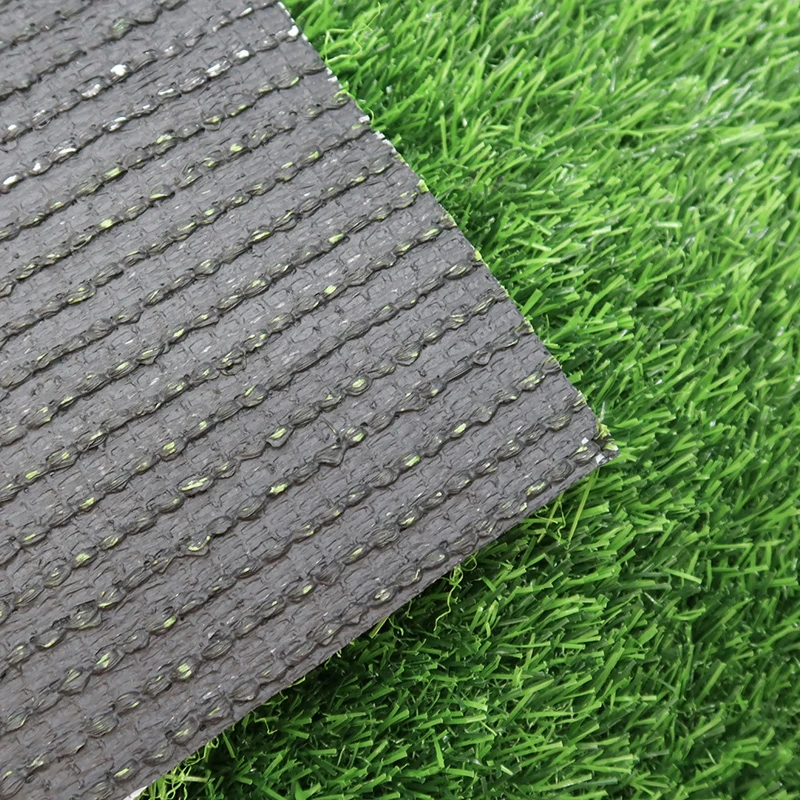
- Afrikaans
- Arabic
- Belarusian
- Bengali
- Czech
- Danish
- Dutch
- English
- Esperanto
- Estonian
- Finnish
- French
- German
- Greek
- Hindi
- Hungarian
- Icelandic
- Indonesian
- irish
- Italian
- Japanese
- kazakh
- Rwandese
- Korean
- Kyrgyz
- Lao
- Latin
- Latvian
- Malay
- Mongolian
- Myanmar
- Norwegian
- Persian
- Polish
- Portuguese
- Romanian
- Russian
- Serbian
- Spanish
- Swedish
- Tagalog
- Tajik
- Thai
- Turkish
- Turkmen
- Ukrainian
- Urdu
- Uighur
- Uzbek
- Vietnamese
Benefits of Using Artificial Grass for Sports Fields and Recreational Areas
Dec . 16, 2024 09:51 Back to list
The Rise of Artificial Sport Grass A Game Changer in Sports and Recreation
In recent years, artificial sport grass has revolutionized the landscape of athletic fields and recreational areas. Transitioning from natural grass to synthetic surfaces has become an increasingly popular choice for various sports, including soccer, football, and field hockey. This article explores the benefits, challenges, and advancements associated with artificial sport grass, and how it is reshaping the way we engage in sports and recreational activities.
Advantages of Artificial Sport Grass
1. Durability and Longevity One of the primary advantages of artificial sport grass is its remarkable durability. Unlike natural grass, which can become worn and damaged during heavy usage, synthetic turf can withstand intense play over extended periods. This characteristic makes it particularly appealing for institutions such as schools, sports clubs, and municipalities, where high foot traffic is common.
2. Reduced Maintenance Costs Maintaining natural grass fields requires significant ongoing investment in terms of water, fertilizers, and regular mowing. In contrast, artificial grass requires minimal upkeep. It does not need watering, and its maintenance involves occasional brushing to keep the fibers upright and ensure debris is cleared away. This reduction in maintenance leads to substantial cost savings over time.
3. Weather Resilience Artificial sport grass is designed to perform well under a variety of weather conditions. Natural grass can become muddy after rain or suffer from drought during dry spells, leading to unusable fields. Synthetic surfaces drain efficiently, allowing for quick play after rainfall, and they do not suffer from the same dry or wet conditions that plague natural grass.
4. Consistent Playing Surface The uniformity of artificial grass provides athletes with a consistent playing surface. Unlike natural grass, which can have uneven patches, dips, or muddy areas, synthetic turf offers a reliable experience that can enhance performance and reduce the risk of injuries. This consistency is particularly important for competitive sports, where high-performance levels are crucial.
Challenges and Considerations
artificial sport grass

Despite its many advantages, switching to artificial sport grass is not without challenges. One significant concern is the initial cost of installation, as synthetic turf tends to be more expensive to purchase and install than natural grass. However, this expenditure is often offset over time by the reduced maintenance costs and increased availability of the field for play.
Another consideration is the environmental impact of synthetic materials. While artificial grass eliminates the need for pesticides and fertilizers, which can be harmful to ecosystems, the production and disposal of synthetic materials raise concerns regarding sustainability. As technology advances, manufacturers are exploring eco-friendly options, such as using recycled materials, to address these issues.
Additionally, players and athletes sometimes express concerns about injuries related to artificial surfaces. The firmness of synthetic turf can lead to a higher incidence of certain types of injuries compared to natural grass, such as abrasions and sprains. To mitigate these risks, ongoing research focuses on improving the design and materials used in artificial sport grass, with an emphasis on safety and performance.
Advancements in Technology
As the demand for artificial sport grass continues to grow, so too does the technology behind it. Innovations in fiber technology, infill materials, and surface design have led to the development of more advanced synthetic turfs that better mimic the feel and performance of natural grass. For instance, advances in tufting techniques and yarn composition have resulted in softer, more realistic surfaces that athletes favor.
Moreover, the integration of smart technology and environmental considerations into the design of artificial sport grass is on the rise. Some new systems incorporate water management techniques, allowing for better drainage and minimizing runoff, thereby promoting sustainability in sports venues.
Conclusion
Artificial sport grass has emerged as a transformative force in the realm of sports and recreation. Its numerous benefits, including durability, reduced maintenance costs, and consistent playing surfaces, have made it a preferred choice for athletes, schools, and sports organizations. While challenges remain, particularly regarding environmental impact and player safety, ongoing innovations are paving the way for an enhanced future in synthetic sports surfaces. As technology continues to evolve, artificial sport grass is set to become even more ingrained in the fabric of sports culture, offering athletes optimal conditions to perform at their best, year-round.
-
The Benefits of Artificial Turf for Indoors
NewsJul.15,2025
-
How Artificial Grass Suppliers Ensure Quality Products
NewsJul.15,2025
-
Artificial Grass and Pets: A Space for Relaxation
NewsJul.08,2025
-
Balcony & Outdoor Decoration with Artificial Grass
NewsJul.08,2025
-
Best Indoor Artificial Grass for Home
NewsJul.07,2025
-
Best Pet Turf for Dogs: Safe & Durable Artificial Grass Options
NewsJul.07,2025
Products categories









